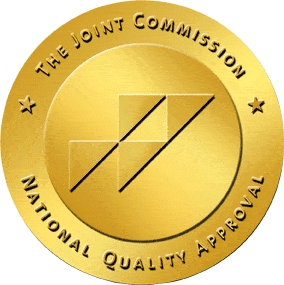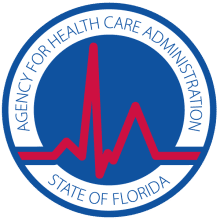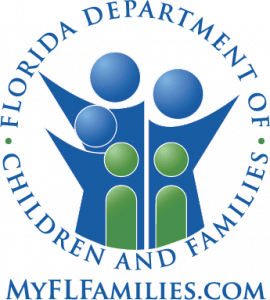A recent study by Mothers Against Drunk Driving (MADD) and Uber Technologies, Inc. touches on an unexpected benefit of ride-sharing services: these services appear to reduce the number of incidents of driving under the influence.
According to the Centers for Disease Control, the cost of alcohol-related accidents in the U.S. exceeds $59 billion a year, but the cost to the loved ones of the 30 people who die from alcohol-related automobile accidents every day—amounting to one death every 51 minutes—can’t be measured in dollars and cents.
What is a Ride-Sharing Service, Exactly?
Uber and companies like it are on-demand transportation services that utilize private drivers and their cars to offer rides in select cities across the country. Unlike a cab service, everything Uber-related is done via a mobile app that uses GPS to pinpoint your location and activate a driver, and it automatically charges your credit card for the ride. Fares are sometimes less expensive than traditional taxi rides, and in many cases, the wait is shorter.
California Sees a Decline in DUIs
According to the MADD and Uber study, DUIs in California fell by 6.5 percent among drivers under 30 in cities where the ride-sharing service is available. Uber points out that this number represents up to 60 fewer alcohol-related crashes each month since July of 2012, when the service started.
The study also included a survey of participants’ attitudes toward ride-sharing services and drunk driving. Seventy-eight percent of the respondents said that since these services became available in their city, their friends are less likely to get behind the wheel after drinking. Ninety-eight percent of respondents indicated they would recommend Uber’s services to a friend who was alcohol-impaired.
An article in the Los Angeles Times quotes bar and restaurant owners, illustrating the decline in drunk driving incidents due to Uber’s presence in Los Angeles. One restaurant owner has noticed a marked reduction in the number of people who require valet services, which declined from around 120 cars each night to around 70, with the remaining customers being dropped off by Uber drivers. Another bar owner observed that all of his younger customers have Uber apps on their phones.
Effects of Ride-Sharing in Other Cities
The impact of ride-sharing services on drunk driving is also evident in cities like Miami, Pittsburgh and Chicago. In Miami, the demand for Uber’s services peaks at the same hour that’s been cited as the worst for drunk driving. Requests for Uber rides spike at closing time for bars in Pittsburgh, and 75 percent of Uber’s New Year’s Eve rides in Chicago were requested within 1/8-mile of a bar or other establishment that sells liquor.
Findings of Other Studies
In a similar 2014 study, Uber found that its entrance into the Seattle market coincided with a 10 percent or higher reduction in DUI arrests. A separate study by Temple University’s Fox School of Business analyzed data from 2009 to 2014 and found that UberX, the least expensive Uber service, led to a 3.6 to 5.6 percent reduction in alcohol-fueled traffic fatalities in California cities where the service is offered.
A Good Start
There’s still a long way to go before traffic fatalities associated with drunk and drugged driving are completely eliminated, but with Uber and other ride-sharing services consistently breaking into new markets across the country, the nationwide statistics may soon start looking better than they have in the past.



